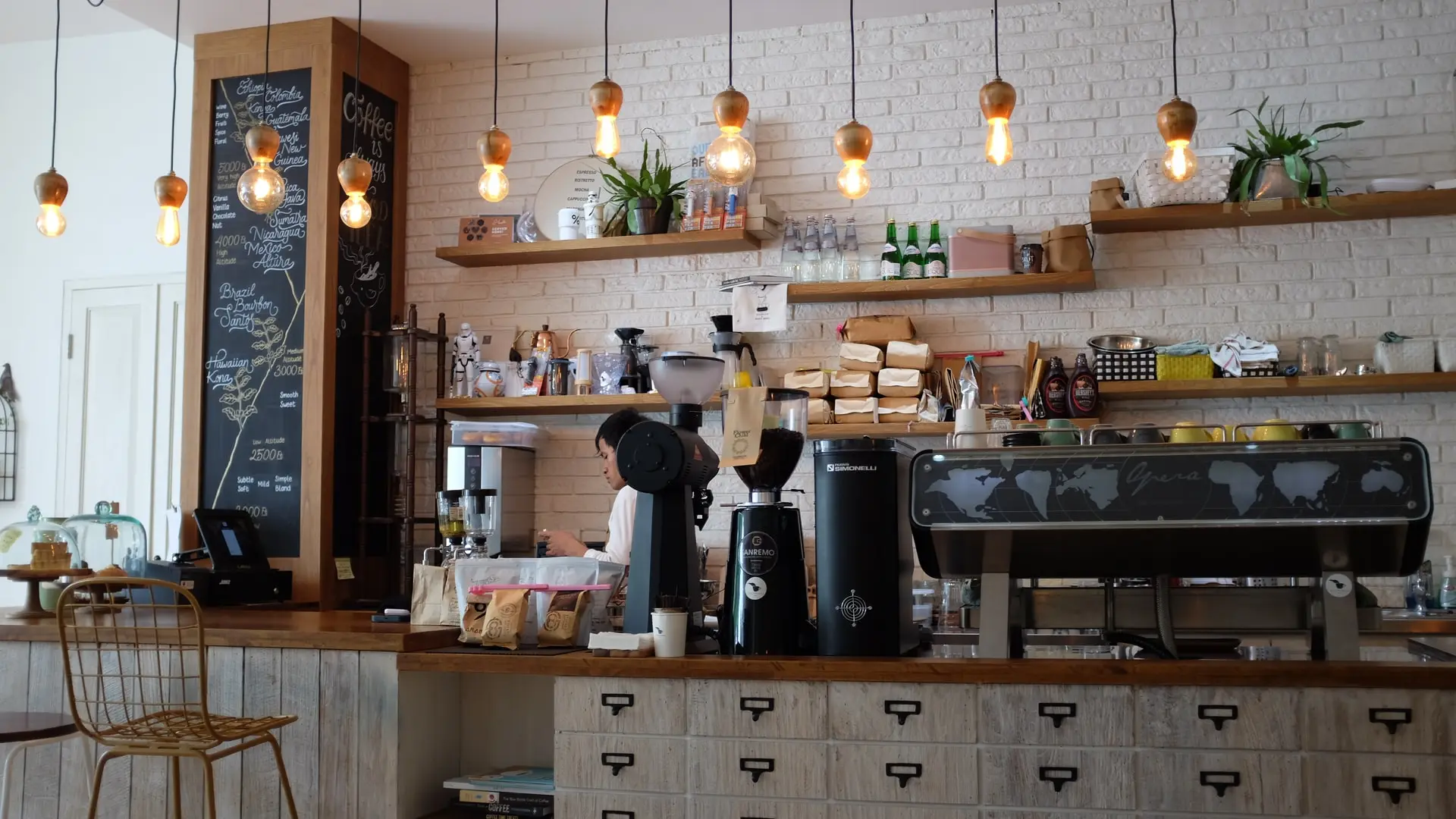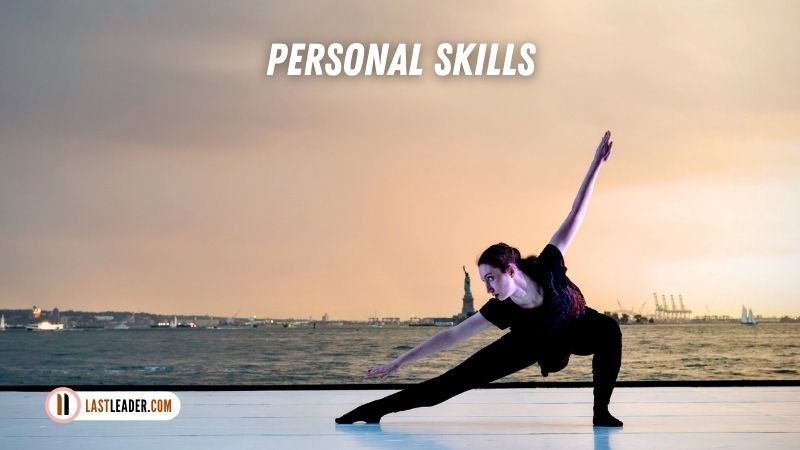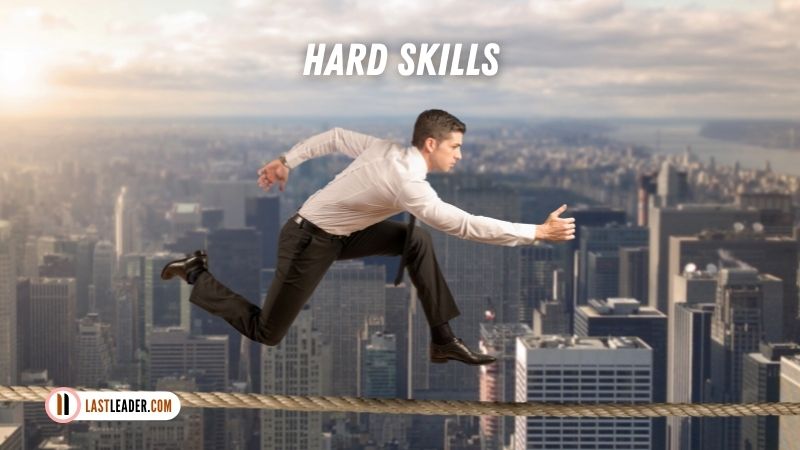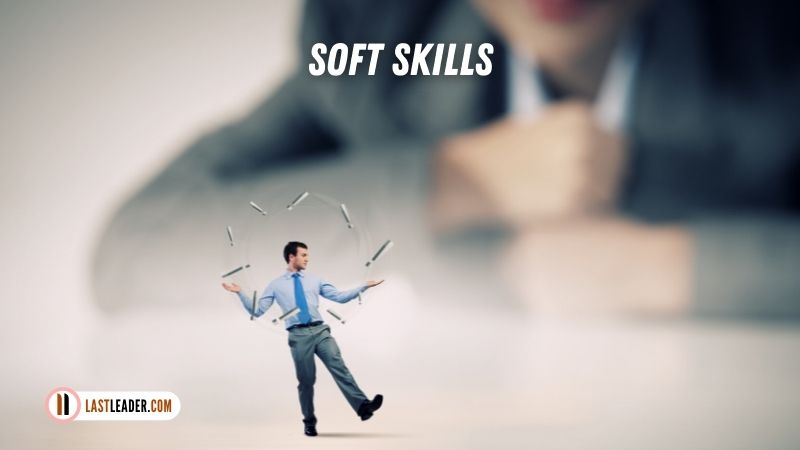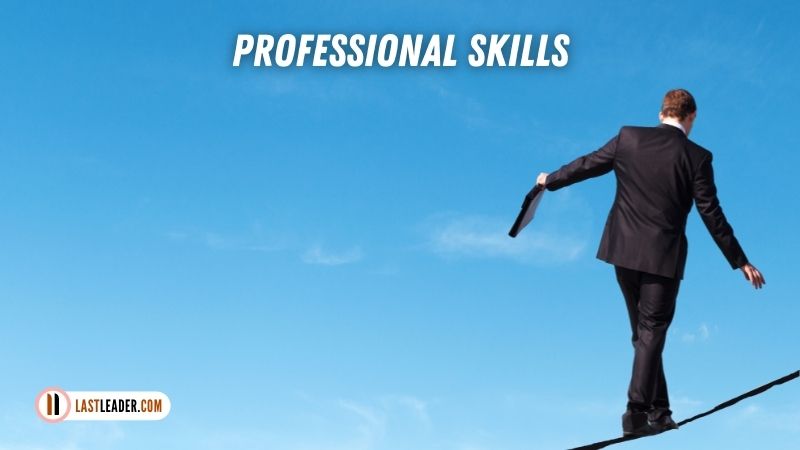Students have been facing depression, stress, and anxiety over the past two years at an increased rate. It reflects the pandemic and has greatly impacted their mental health in various ways. However, psychologists believe that they will start feeling better after the pandemic eases and institutions resume. However, as life returns to normal, school routines and interactions will be a real challenge for young minds.
More than a year of social distancing and isolation will be challenging for many individuals. For children, in particular, it may take longer to overcome the anxiety and settle into the environment. As suggested by behavioral specialists, this re-entry anxiety is a normal reaction post-pandemic. Many CBSE higher secondary schools in Chennai believe that with few management strategies, they can make the settling process easy for students.
Getting Ready for the Transition
We have been quarantined for more than a year. All of us must have developed new habits both knowingly and unknowingly. Therefore, it is impossible to flip immediately and get back to things we did before the virus entered our lives.
The re-entry anxiety is only a temporary syndrome and will go away when children return to their campus for physical classes. Yet, a few of them might find it challenging to re-adjust. However, eventually, everything will fall into place. Educators are taking steps to provide social-emotional support for students to ease them back without any stress.
Management Strategies to Recover
After a year of isolation, even children who were pretty easy-going have suddenly become more anxious. In a world where mask-wearing, frequent sanitizing, and maintaining social distance have become the norm, it will be doubly challenging for students and educators to tide through this phase. Let’s look at a few simple strategies to overcome this challenge.
Give Yourself Time
Everyone handles the situation differently. It is okay to take more time than others to get used to post-pandemic scenarios. It would be best to concentrate on getting back to normal and not on how long it takes. If you see a significant change in your socializing pattern, start with one person. Slowly make way for the other people around you. Eventually, you can speed up socializing by using your campus canteens and recreational centers to build a good network. Always give yourself time to acclimate to the environment around you.
Connect Virtually
All of us have been pushed into isolation for the past few years. Children who have not made a physical appearance in their schools or colleges will find connecting with peers more difficult. Some of them may not even be ready to socialize. Therefore, social support is one of the effective keys to lowering stress and handling the situation. Strengthening a relationship with peers is the best method to feel at home.
An effective way to combat this will be to join a virtual club. It will allow you to meet your classmates and get used to them before making it to the physical classroom. Chat with them regularly so that when everything re-opens, you can reach out to them without hesitation. Knowing a person’s likes, interests and goals will bring you closer to them without any second thought.
Create a Pattern
Starting a routine is the best way to get back to normal. The pandemic has thrown everyone off track. Most of us don’t even follow a regular pattern of sleep. A daily routine will help the mind and body to face fear and anxiety. Therefore, take a step to start the day at a particular time. Set goals and make it a point to schedule your assignments and home works for an assigned time slot.
Take Care of Your Body
Exercise can positively impact your mental health. Diet is the next important aspect to concentrate on if you want perfect physical health. When both go hand in hand, you will effectively reduce any physical or mental anxiety.
Treat your body well and consume more fruits and vegetables. There are foods that provide more energy without increasing calorie intake. Try cutting down on sugar, coffee, fried and junk food as they increase stress. Incorporate thirty minutes of physical exercise into your daily routine. It can be any form of workout like running, cycling, yoga, etc.
Seek Counselling or Help
The idea of returning to physical class and various other pre-pandemic activities can stress you out. Do not fret! It is normal, and there are millions of students experiencing the same anxiety. Ask for help to manage your thoughts and emotions. You must understand that anxiety is not a taboo subject. It is okay to be open about how you feel to get back to normal effortlessly.
On-campus counseling can offer good support for students who need help to cope with anxiety. Mental health support is being offered online for free by a few governments. For people shying away from meeting someone in person, online help will be a great solution.
Techniques & Practices to Break the Ice
With focused attention and practice, establishing a better connection with others is possible. Let us discuss a few of the best practices followed by top international schools in Chennai and Bangalore, the best educational hubs of India.
The most effective method is to make students write a few appreciative words about their companion in class. Doing so will make them share their comfort and gratitude with the other person. Another similar hack will be to make the students write about their problems, worries, or celebrations. However, before implementing this, the teacher must discuss and ensure trust. Though this sounds very cliché, it works well to break the ice amongst people.
Encouraging two people to team up and make a class performance within an allotted time. It can be any activity in which both team members can contribute effectively.
Mirroring is another effective classroom activity that will help develop a fun quotient. It will make the students forget their worries. Furthermore, such physical activities will help them combat their shyness and participate actively in class.
Make students play outdoor games like soccer, basketball, volleyball, and others. This will eventually make students forget their discomfort and quickly mingle with their peer group.
Conduct group assignments or competitions. Doing so will inculcate teamwork and interaction with their assigned group members. Eventually, they will learn to get along with people effortlessly and establish new friendships.
The Bottom-line
In the end, parents need to realize that sending children to school will provide better learning opportunities. They cannot receive the same gains by learning at home. Though a few children might be reluctant initially, parents will have to be assertive and send them to school. They have to understand that it is in the child’s best interests and encourage them to face their anxiety. Support is the primary move to help children get accustomed easily. Finally, keep in mind that physical school is the best opportunity to develop social, emotional, and physical well-being through tactile and visual learning.


